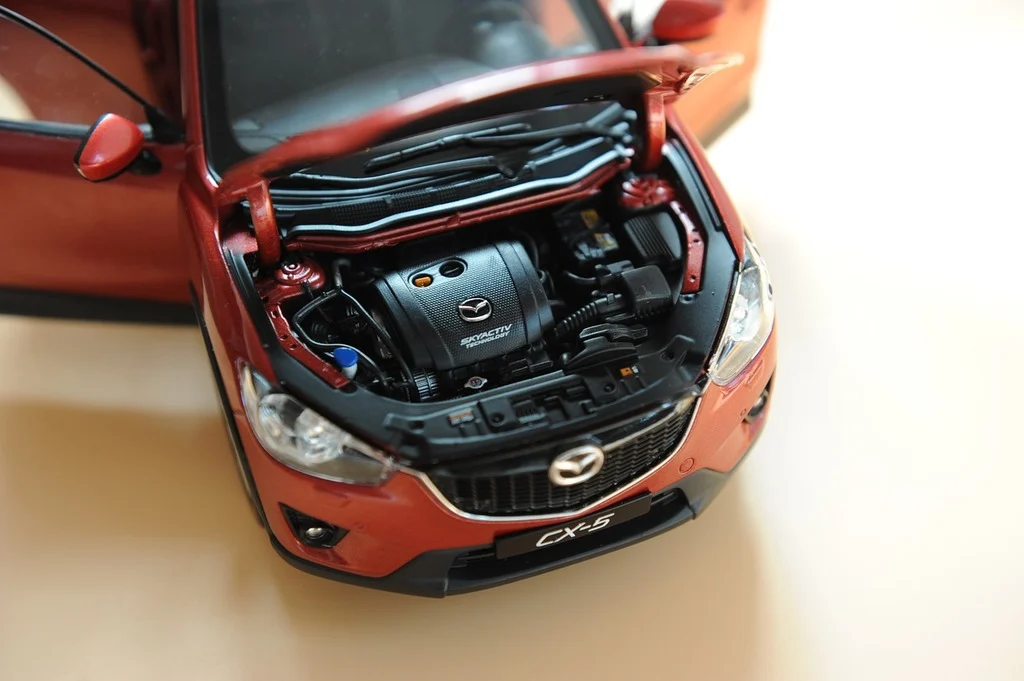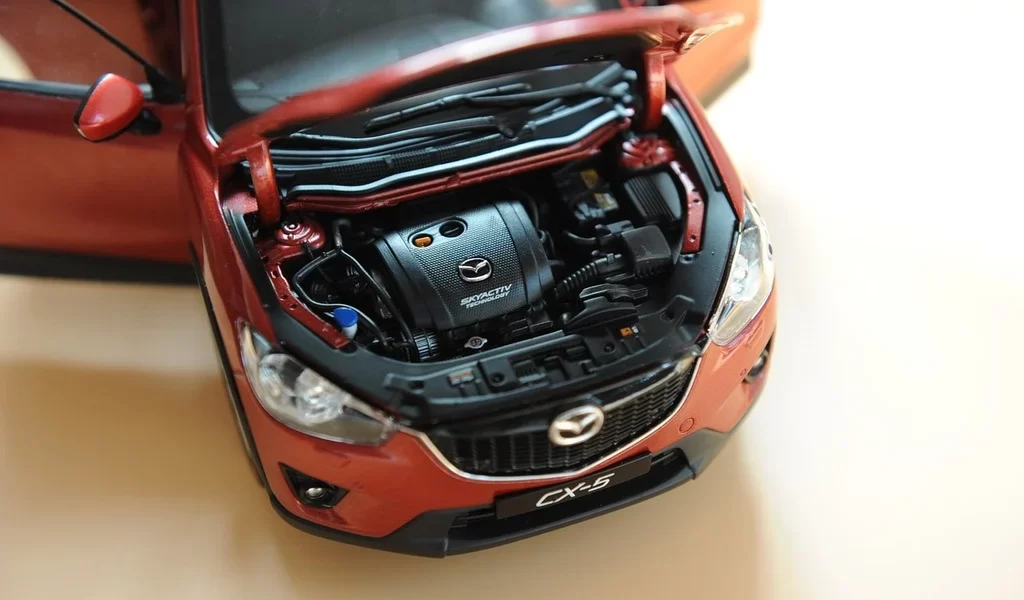
The year 2014 has witnessed significant shifts and challenges in the global auto industry, marking a period of transformation and adaptation for manufacturers and consumers alike. As the world economy slowly recovers from the aftermath of the Great Recession, the auto sector finds itself at a critical juncture, navigating through changing consumer preferences, technological advancements, and regulatory pressures.
In the United States, the auto industry is experiencing a resurgence, with sales reaching pre-recession levels. Low-interest rates, improved consumer confidence, and pent-up demand are driving this growth, prompting automakers to ramp up production and expand their product lines. Domestic manufacturers such as General Motors, Ford, and Chrysler are seeing increased competition from foreign rivals, particularly Japanese and German brands, which are gaining market share with their fuel-efficient vehicles and advanced technology features.
However, challenges persist for the industry, including concerns over safety and environmental regulations. In 2014, General Motors faced scrutiny and recalls for faulty ignition switches linked to several fatalities, highlighting the need for stricter oversight and quality control measures. Similarly, environmental concerns are pushing automakers to invest in electric and hybrid vehicles, with Tesla Motors emerging as a disruptive force in the market with its innovative electric cars.
Internationally, the auto industry is undergoing profound changes, driven by shifting consumer preferences and economic dynamics. In Europe, sluggish economic growth and austerity measures have dampened car sales, forcing manufacturers to restructure operations and cut costs. Companies like Fiat Chrysler Automobiles and PSA Peugeot Citroen are pursuing strategic alliances and mergers to improve efficiency and gain market share in the highly competitive European market.
In Asia, particularly in China, the auto industry continues to experience rapid expansion, fueled by rising incomes and urbanization. China has emerged as the world’s largest automotive market, attracting investments from both domestic and foreign manufacturers eager to capitalize on the growing demand for cars. However, concerns over air pollution and congestion are prompting the Chinese government to incentivize electric and hybrid vehicles and impose stricter emission standards, posing both challenges and opportunities for the industry.
Furthermore, technological innovations are reshaping the auto industry, with a focus on connectivity, automation, and sustainability. In 2014, Google made headlines with its self-driving car project, raising questions about the future of transportation and the role of traditional automakers in an increasingly digital world. Meanwhile, advancements in battery technology and renewable energy are driving the development of electric and hydrogen fuel cell vehicles, promising cleaner and more efficient alternatives to traditional gasoline-powered cars.
Amidst these changes, the auto industry is also grappling with geopolitical uncertainties and trade tensions. The crisis in Ukraine and sanctions against Russia have disrupted supply chains and affected sales in key markets, while trade disputes between the United States and China are threatening to escalate tariffs on automotive imports, further complicating the global business environment.
Looking ahead, the auto industry faces both challenges and opportunities as it adapts to the evolving demands of consumers and regulators. Innovations in technology and sustainability hold the promise of a greener and more efficient future, while geopolitical and economic factors continue to shape the competitive landscape. In this dynamic environment, agility, innovation, and collaboration will be essential for automakers to thrive and remain competitive in the years to come.





